Refreshed after a long weekend, the dairy markets moved higher across the board on Tuesday. Record-breaking heat in the Upper Midwest and triple digit temperatures in the Southern Plains surely did not help milk yields in what has been an unusually uncooperative spring flush. Hot weather plagued Europe as well. It’s been cool in California, but cows are stressed in a number of major dairy areas.
The markets were also buoyed by the news that New Zealand’s Ministry for Primary Industries (MPI) plans to force the slaughter of roughly 150,000 cattle – about half of which are likely to come from the milking herd – in an attempt to eradicate Mycoplasma bovis. The MPI is confident that New Zealand is contending with only one strain of Mycoplasma bovis and that the infection’s spread has been “limited to a network of farms connected by animal movements.” The MPI has not historically tracked domestic cattle movements thoroughly, so it is poorly positioned to eradicate the disease, but “if we don’t try now, we will never get another chance.” As the Daily Dairy Report notes, “the MPI’s approach toward eradication is paradoxically both aggressive and timid.
Extensive culling and an expected cost of $1.2 billion (NZ), or $830 million (U.S.), are certainly ambitious. But to preserve dairy producers’ cash flows, the MPI has demurred and will allow producers to continue milking through the upcoming season. Culling of infected herds is assured, but it will not be immediate.” Eradication is far from certain.
The early-week enthusiasm, fed by milk producers’ woes around the world, quickly waned. The dairy markets settled lower this week. CME spot butter slumped 3.75ȼ to $2.3775 per pound. Spot nonfat dry milk (NDM) slipped 1.75ȼ to 82.5ȼ. With that, Class IV futures shed between 12ȼ and 35ȼ.
The cheese markets lagged as well. CME spot Cheddar blocks dropped 1.25ȼ to $1.5975. Barrels lost 2.5ȼ and closed at $1.52, a one-month low. The whey powder market remains resilient. According to USDA’s Dairy Market News, “Inventories are generally tight throughout the country. As a result, buyers are paying higher prices in the spot market.” CME spot dry whey rallied 1.25ȼ this week to fresh highs at 38.5ȼ. Class III futures posted a mixed performance, but the June and July contracts logged double-digit losses.
It seems that the dairy markets have gotten a bit ahead of themselves. The relentless gains of recent weeks may have been overly aggressive in such a well-supplied market. The stronger dollar represents a stiff headwind, and escalating trade tensions are further roiling the waters. In response to U.S. tariffs on steel and aluminum imports, Mexico named “certain cheeses” as one target of retaliatory duties. Canada will enact tariffs on yogurt, pizza, and quiche, among other products, all of which help U.S. dairy products to make their way into a very restricted market.
But this week’s setback does not undercut the long-term fundamentals of the dairy markets, which remain largely positive. Global dairy demand is robust and is generally outpacing growth in supplies. The dairy trade may be underestimating the extent of the pain on the farm and the likelihood that growth in U.S. – and possibly foreign – milk production will be stubbornly subdued. Milk at $15 or $16 is certainly better than $13 or $14 milk, but with rising feed and labor costs and a terrible basis, it is hardly sufficient. USDA reported the national average All-Milk price at $15.80 per cwt. in April, up 20ȼ from March. However, using the Margin Protection Program to estimate feed costs, national average income over feed margins actually declined 15ȼ per cwt.
Corn and soybean meal prices climbed to nearly two-year highs in April, while national average alfalfa prices reached a three-year high. Milk prices are up, but dairy producers with operations of all sizes in all parts of the country are exiting the business. For the week ending May 19, dairy cow slaughter totaled 54,460 head, up 4.6% from the same week a year ago. Year-to-date slaughter is 5.1% ahead of the 2017 pace. Today’s pruning is preparing the industry for a healthier future.
Article sourced from the Milk Producers Council.



